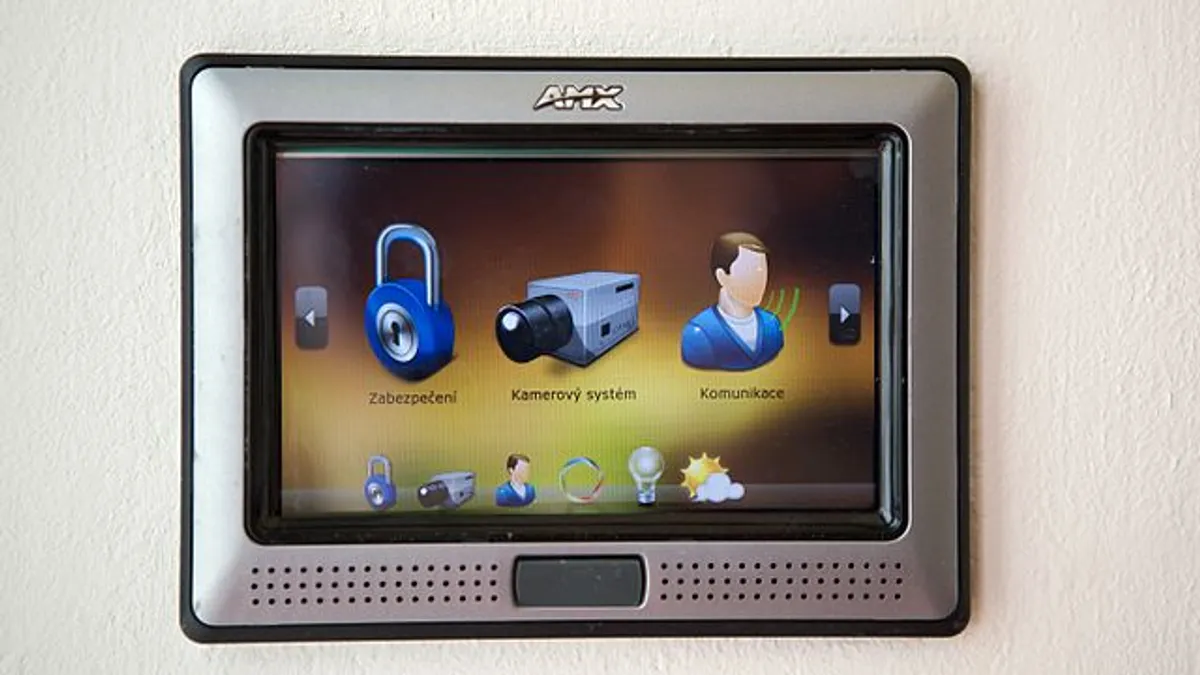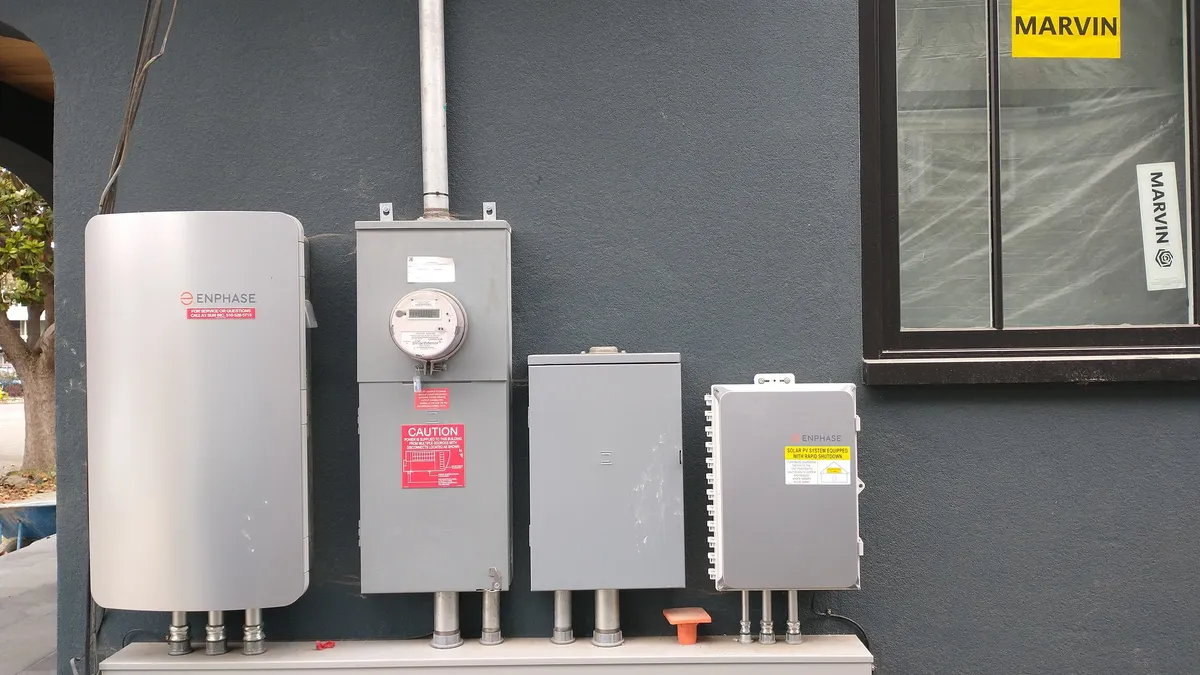Utilities managing their demand response and energy efficiency programs separately could be hurting their customer engagement efforts, depending on how the programs are designed.
Research from a leading demand response provider shows consumers want to manage utility offerings from a single point. The findings add more evidence to a growing body of research on how managing demand response (DR) and energy efficiency (EE) together can boost engagement and results on the demand side, as well as make smooth long-term system planning as a supply resource.
"With everyone going after the same customer, and you have different silos within the utility, different vendors, even retail electric providers throwing in their own outreach … the end result for the customer is a very confusing experience," said Steve Hambric, vice president of strategic sales and operations for Comverge.
A provider of energy management solutions for residential and commercial customers, Comverge's position paper outlining where it sees the value of integrating efficiency and demand response offerings, and what outcomes better alignment could effect.
"When these programs are implemented separately and measured on a standalone basis, a natural tension may develop as the programs have the potential to cannibalize each other," Comverge said in the paper. "However, when implemented in an integrated, coordinated approach, they have the potential to significantly increase the level of customer engagement and energy reduction to the utility."
Demand and Data
When Hambric said everyone wants the same utility customer, he's talking about demand and data.
"Every utility demand-side management program is trying to go after the same customer," Hambric said. "Everyone wants the single-family home with central air and high usage. It's the ideal home for just about any program."
But that also means customers can be inundated with offers, lowering engagement. And historically thermostats that collect rich data and can be remotely controlled have been expensive, meaning low-income homeowners and renters participate in lower numbers. Much of that is changing, however, as utilities offer a broader and more innovative suite of programs.
Comverge partnered with Duke Energy Ohio, for example, on the utility's HōM Energy Manager project, which gives customers a smart thermostat they can control from a computer or mobile device. An energy manager portal also allows customers one access point to get energy use tips or control their HVAC system.
The thermostat is the hub around which much of the demand response and efficiency programs are built, and as wifi networks have improved the devices can now deliver rich data on customer energy use.
"I'm not trying to analyze monthly billing data and pull out some generic insight that may not be helpful," Hambric said. "Because I know much more about what's happening in the home and the programs they're in, I can deliver really personalized, relevant insights."
Those insights might be, for instance, offering to turn up a family's thermostat at night for a one-week trial, or informing a homeowner of a potential maintenance problem based on how rapidly a house heats or cools.
Third party devices
Hambric says that one of the best features the integrated EE-DR program provides is that it can be an all-digital experience.
"All the value comes from the software and the mobile web portals the customers use," he said. "We've really enabled third parties to be a very powerful resource, because it doesn't matter whose device it is."
"If I get control as an aggregator I can still use that run time data to push out EE insights, just like I would have if the utility installed the device itself," Hambric said.
And price barriers are dropping, allowing utilities to offer thermostats or for customers to buy them on their own. "Now the barriers to entry are really low," Hambric said. "We can recruit customers who may be renters or low-income households, especially with the price of wifi thermostats dropping."
Integration, customer control
Comverge laid out three primary reasons integrating management of DR and EE makes sense, from mutually reinforced messaging to opening new communications channels. The company did research last year on customer engagement and found more than half of utility customers prefer a single portal for managing their accounts.
While most utility customers are still getting a paper bill, the research showed that is changing quickly. Almost 70% of customers under 40 years old preferring a single point to manage their energy programs.
Ultimately, managing DR and EE programs together means that a utility "can speak to its customers with a single unified voice. Disjointed messaging regarding the need to shift or curtail usage versus the need to reduce total consumption will lead to customer confusion, frustration, and ultimately the potential for reduced participation," the report reads.
One key point, Hambric stressed, is that the combined programs and the targeted messaging cannot appear to give the customer less control. But just how much messaging should be done, how many programs or tips offered, is anything but an exact science.
"Try to predict what would be a better customer experience, but never take away the customer's control," he said. "We never want to just impose on them but we will tweak and optimize behind the scenes to try and make it a better experience."
"It's early days, but there's no doubt this is a compelling solution," Hambric said.























